Insurance Times asks industry leaders about the current construction PI market as headwinds hit the sector following the likes of the Grenfell Tower tragedy

Chris Jones, director of legal and market services, International Underwriting Association (IUA)
The market for construction professional indemnity (PI) insurance has been difficult in recent years, reflecting concerns about the potential for historic liabilities to develop into future claims, following the Grenfell Tower tragedy.
A survey of IUA members in September last year (2021) revealed a cautious willingness amongst companies to underwrite fire safety risks on new projects to remove defective cladding from high rises. Around two thirds of respondents stated they would provide a limited form of cover, whilst a further 4% were happy to offer unrestricted protection. The poll was carried out by the IUA’s Construction Professional Lines Working Group, which was established in 2019 to encourage greater engagement between insurers, government, regulators and construction firms.
Each new risk must continue to be assessed on a risk-by-risk basis, of course, but a new model clause recently published by the IUA should provide underwriters with greater confidence to offer effective insurance solutions for future work. The wording has been developed by the IUA and the Department of Levelling Up, Housing and Communities for use in work being completed under the government’s £4.5bn Building Safety Fund (reopened July 2022).
It sets out a number of key risk management processes that will ensure work being carried out is conducted within recognised industry standards. This will help improve accountability for safety measures and foster an investment in quality construction.

Callum Tanner, manager - general insurance, Association of British Insurers (ABI)
The professional indemnity insurance (PII) market has hardened in recent years, mainly driven by the post-Grenfell building safety crisis.
The construction sector has a long history of major insurance claims with long and varied supply chains, which makes establishing negligence and liability more complicated. Hardening markets are a natural part of the insurance cycle and this issue is not unique to the UK. Liability markets have hardened around the world and it is no secret that construction has been one of the most affected industries.
We support the IUA’s new model insurance clause published on 1 September covering fire safety risks, which can be used by insurers to improve their confidence in work undertaken by construction professionals and should, all else being equal, contribute to the availability and affordability of PII cover. We hope this clause will help support the speedy removal of unsafe cladding and a high standard of building remediation, which is first and foremost essential to ensure leaseholders are able to feel safe in their homes.
We remain heavily engaged in further efforts to find appropriate solutions to tackle the difficulties faced in the PII market and will continue to work with the government and regulators to address this.
Tracy Keep, chartered insurance broker and development director, Gallagher’s UK Retail construction practice
We have seen rates stabilising and slight increases in capacity have meant that we have reduced the number of layers to reach indemnity limits required by clients’ contracts. Increased capacity also means competition, providing a broker with leverage to negotiate cover improvements.

Total fire safety and combustibility exclusions have previously been applied to many PI policies for construction clients. There has been improvement and limited cover is now more available for designers and even for larger contractors and developers or where the risk is perceived to be managed.
The optimism that the market is improving must however be tempered by implications of the Building Safety Act which came partly into force in June 2022. Increased responsibilities are included within the act and it is not yet clear how these will be dealt with by insurers.
To determine how the courts interpret the act and how insurers respond to potential claims may take time. If there is increased frequency or cost of claims brought under the act – in particular the extended time periods for bringing a claim –we may find that insurers will need to adjust rates upwards again at a time when more balanced premiums were becoming possible.
Adam Power, construction PI lead, Miller Insurance
Buyers of professional indemnity (PI) insurance in the construction sector continue to face headwinds as insurers remain cautious. The corrective action taken by PI insurers over the last two to three years to remediate their books seems to be paying dividends and insurers are no longer seeking sizeable rate increases on a portfolio basis.
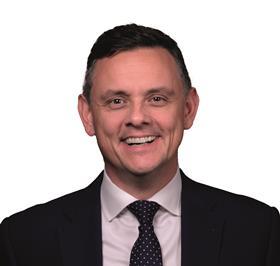
Underwriting appetite is starting to return and while the approach for the first half was cautious, there were signs that insurers have new business budgets to meet and that they are looking to grow their portfolios for well managed business. Risks are being reviewed and rated individually and insurers have been more open to discussions around containing rate/premium increases. Generally speaking, during the first half of 2022 we saw average rate increases of between 5% to 10% and we expect that approach to be maintained for the balance of the year.
Fire safety cover will continue to be a focus for insurers for some time and insurers’ position on this did not change significantly in the first half of 2022, as they seek to greater understand and limit their exposure.
Mark Ford, chief underwriting officer, Aqueous Underwriting
The construction PI market is going through a period of rapid change, with insurers expected to reduce their appetite and rates likely to harden further.
Market conditions have certainly worsened and building material costs are rising rapidly – increasing by 22.3% this spring compared to the same quarter last year, according to the Building Cost Information Service (BCIS) (September 2022). These rises, combined with skill shortages and higher labour costs, are putting a real squeeze on projects.
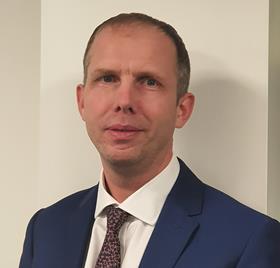
More and more construction firms are inevitably becoming insolvent, with jobs being left unfinished, or at best delayed, putting project principals under pressure and increasing their PI exposure.
In terms of the professional indemnity insurers, reserves on historic underwriting years, which will have been based on pre-pandemic construction values, will need to be increased – added to which these books will be less profitable.
Underwriters are overall likely to narrow their acceptance criteria for construction PI and those writing this business may now be much more vigilant than previously in terms of checking the financial standing of contractors during the tender process.
Karen Allen, managing director, financial and specialty, Lonmar
Rates have now levelled after the dramatic increases since 2018/9 and while there is still market caution, we are delivering better client outcomes. In 2020 there was virtually no market for the SME design and construct (D&C) clients. If you could get a quote it would bind, usually with very high rate and restrictive conditions and this was huge shock for insureds.
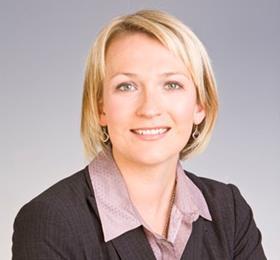
Construction PI placements continue largely on a co-insurance basis with none of the large lines typical of a softer market resurfacing just yet, which means there’s active competition over primaries as insurers prefer to share limits which has seen rate remain strong. There have been no recent insurer exits and rate has enticed several new, albeit cautious, entrants into the market.
The ongoing uncertainty on fire safety and cladding remains the major issue in the sector. The Building Safety Act came into law in April and uncertainty remains over claims related to the increased costs of remedial schemes to rectify cladding and fire safety defects, due to non-compliance with building regulations at the time of construction.
Insurers worry that further substantial notifications may arise in this area, not helped by an environment of claims inflation. Restricted cover or exclusions for both combustible cladding and fire safety claims have become the norm for UK construction firms, but we need to get to a sunset clause position to create certainty and provide coverage, without broad brush restrictions, for new work undertaken by UK construction firms.
Andrew Bowyer, PI construction expert, Willis Towers Watson (WTW)
The current state of play in the construction PI market continues to depend on how you are engaging underwriters.

For the last four years, the London market has been experiencing a hard market cycle, however, international PI markets have been more varied.
The London PI market appears to have stabilised in 2022. We enter the last quarter with the sense some underwriters are yet to hit modest new business budgets, giving insureds the cause for some optimism, however, this recovery appears limited in scope and is currently absent of fresh capacity. We do not predict dramatic changes in the short term.
Of all the market segments, construction PI remains challenged. Five years on from the Grenfell Tower tragedy, the newly introduced Building Safety legislation continues to cause concern for participants in that segment.
Wait and see, combined with very tempered optimism, is the general market consensus.
Hosted by comedian and actor Tom Allen, 34 Gold, 23 Silver and 22 Bronze awards were handed out across an amazing 34 categories recognising brilliance and innovation right across the breadth of UK general insurance.







































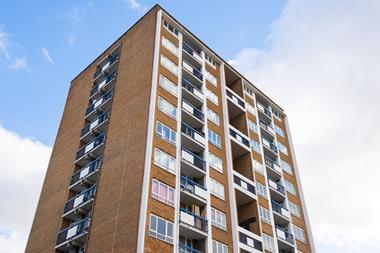
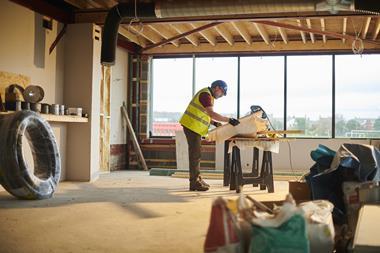











No comments yet